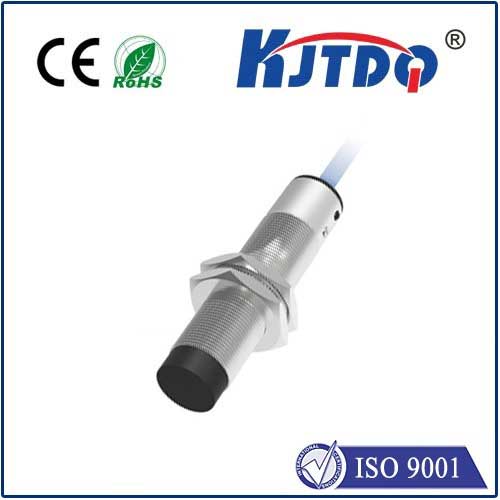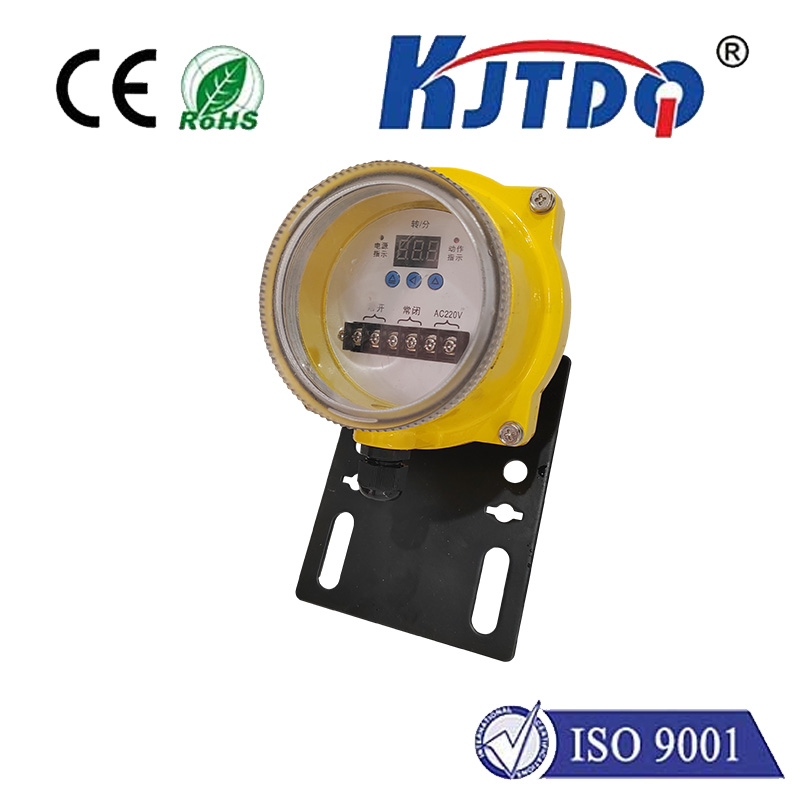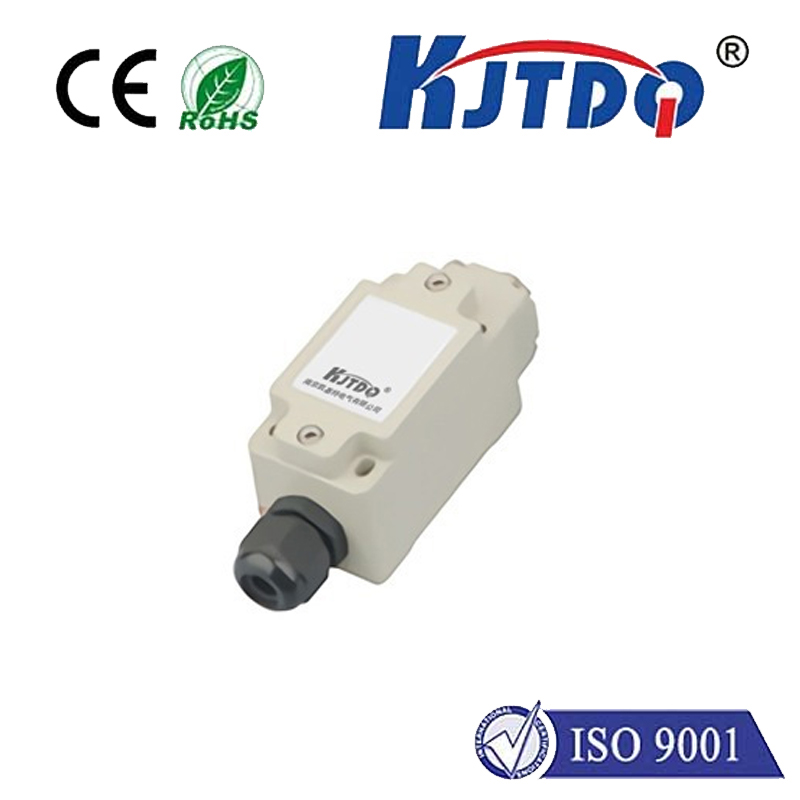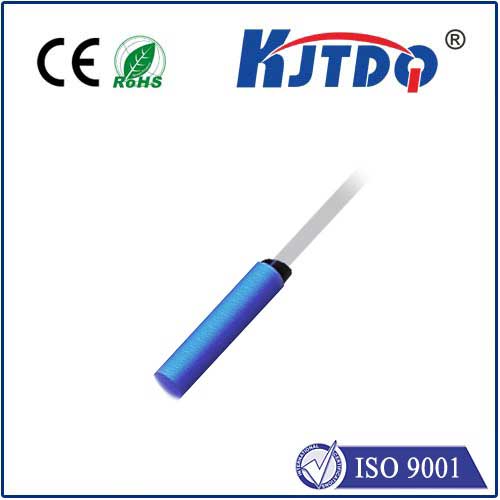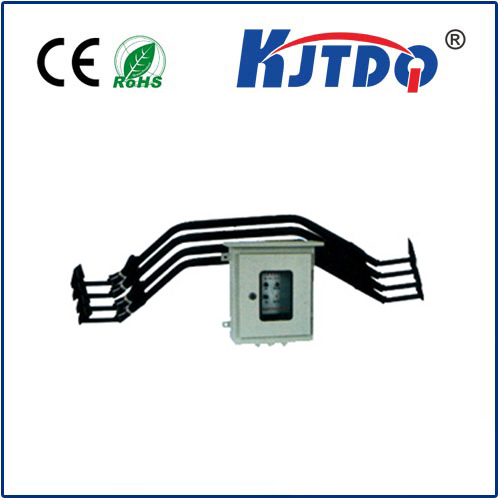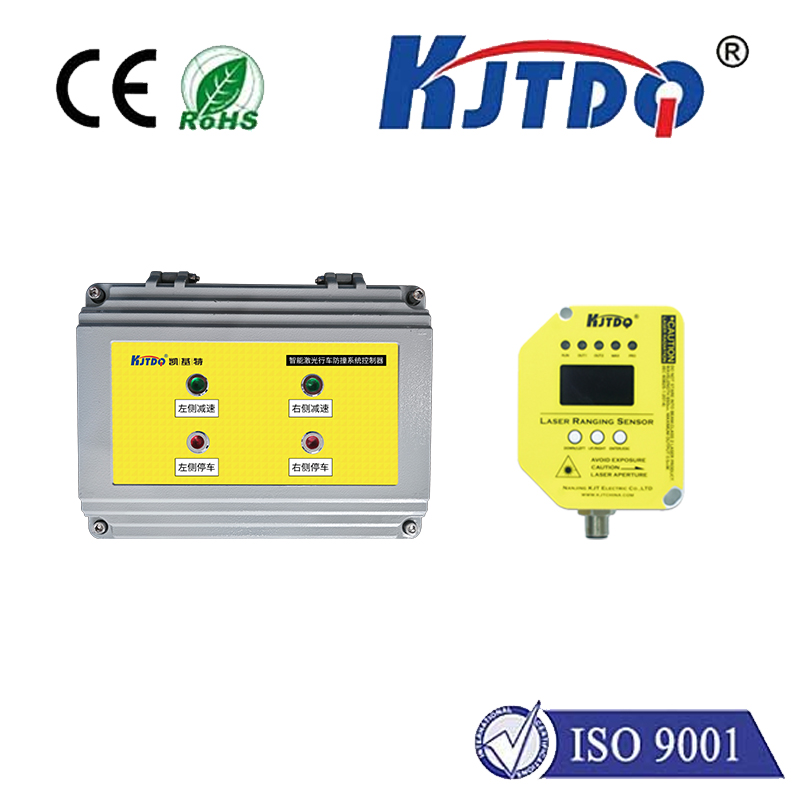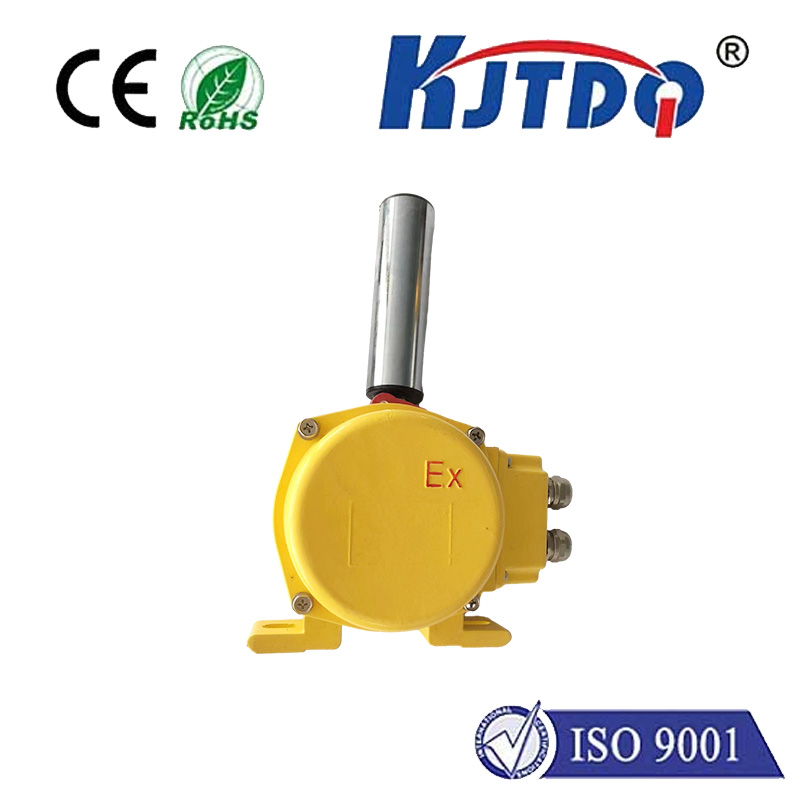

check

check

check

check

check

check

check

check

check

check
Title: The Importance of Float Limit Switches in Industrial Settings
In the world of industrial automation, precision and reliability are paramount. Machinery and equipment are often designed to operate with minimal human intervention, which is where float limit switches come into play. These devices serve as essential components in ensuring that machines function within predetermined parameters, providing a critical role in maintaining operational efficiency and safety standards.
A float limit switch is a type of level sensor used to detect the presence or absence of liquids in a tank. It operates on the principle of buoyancy, where a floating element rises and falls with the fluid level. When the fluid reaches a certain height, the switch actuates, sending an electrical signal to start or stop a pump, open or close a valve, or sound an alarm, depending on its application. This mechanism ensures that fluids do not exceed safe levels and helps prevent overflows or dry runs, both of which can cause significant damage to machinery and pose risks to personnel.

The design of float limit switches varies based on their application requirements. They can be constructed from different materials to suit corrosive or high-temperature environments. Some models may feature adjustable switch points, allowing for flexible installation and use across various applications. Additionally, these switches can be equipped with visual indicators, offering users at-a-glance status updates without the need for additional instrumentation.
In terms of industrial processes, float limit switches find broad utility in sectors ranging from wastewater treatment plants to food and beverage production. They are integral in controlling chemical processes where precise fluid levels must be maintained for quality control or safety purposes. For instance, in brewing operations, monitoring the water level in fermentation tanks is crucial for consistent product quality and preventing contamination.
Moreover, float limit switches are indispensable for HVAC systems where they regulate the level of condensate in drain pans, preventing overflows that could lead to property damage. They also contribute to energy conservation by controlling water heaters, ensuring that heating elements are not energized when there is no demand for hot water.
While float limit switches are relatively simple in concept, their impact in industrial settings is profound. They provide a cost-effective solution for monitoring fluid levels, reducing downtime, and enhancing overall system performance. Their reliability and simplicity make them an ideal choice for automated systems where stability and longevity are desired.
It is worth noting that while float limit switches are highly reliable, regular maintenance is still necessary to ensure uninterrupted performance. Checking the integrity of the float mechanism and electrical contacts periodically can help identify potential issues before they lead to failures.
In conclusion, the humble float limit switch serves as a silent sentinel in numerous industrial applications, safeguarding against process disruptions and potential hazards. By leveraging the physics of buoyancy, these devices contribute to the smooth operation of complex systems and protect investments by minimizing costly mistakes. As such, understanding their functionality and importance is key for those involved in designing, maintaining, or managing automated processes in industrial environments.

